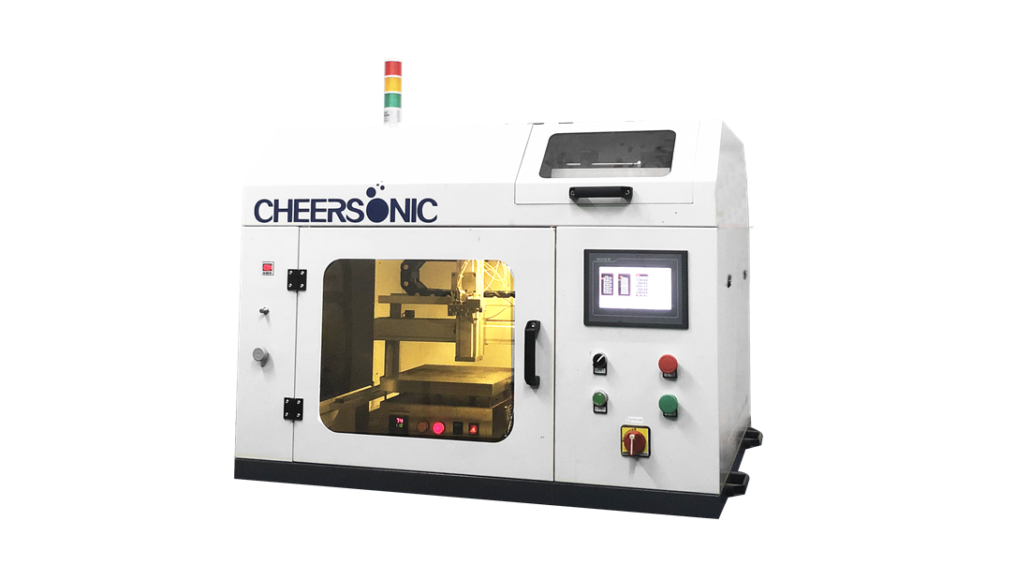Fuel Cell Proton Exchange Membrane Introduction
Fuel Cell Proton Exchange Membrane Introduction – Cheersonic
The proton exchange membrane in the fuel cell has important functions, including high proton conductivity, low fuel crossover, good thermal stability and economical manufacturing process. At present, there are mainly the following focus: fluorinated proton exchange membrane, non-fluorinated proton exchange membrane, fluorinated composite membrane and non-fluorinated composite membrane. The proton exchange membrane manufactured by DuPont in the United States is currently the most widely used polymer electrolyte membrane in fuel cells. Then, the proton exchange membrane is prone to lose mechanical strength and low proton conduction in complex production and high-cost applications, the use of harmful substances, and high temperature. Issues such as rate are the current research focus.
There are also many research results on various types of film additives, including fillers, crosslinking agents, and plasticizers. These additives have been used as important components in the production of proton exchange membranes in the past 20 years. Generally speaking, the presence of additives can improve the properties of polymers, thereby enhancing the effectiveness of polymer functions. The chemical combination of additives and polymers can form an organic-inorganic hybrid film.
Many polymer materials that replace proton exchange membranes have received great attention, including polyetheretherketone (PEEK), polyethersulfone (PES), sulfonated polysulfone (SPS), sulfonated polyarylene ether sulfone (SPAES) ), polyvinyl alcohol (PVA), chitosan (CS), sulfonated polyimide (SPI) and polybenzimidazole (PBI). However, this type of polymer must be modified to achieve the characteristics required as a polymer electrolyte membrane.
Ultrasonic Fuel Cell Coating Video

About Cheersonic
Cheersonic is the leading developer and manufacturer of ultrasonic coating systems for applying precise, thin film coatings to protect, strengthen or smooth surfaces on parts and components for the microelectronics/electronics, alternative energy, medical and industrial markets, including specialized glass applications in construction and automotive.
The Company’s solutions are environmentally-friendly, efficient and highly reliable, and enable dramatic reductions in overspray, savings in raw material, water and energy usage and provide improved process repeatability, transfer efficiency, high uniformity and reduced emissions.
Cheersonic’s growth strategy is focused on leveraging its innovative technologies, proprietary know-how, unique talent and experience, and global reach to further develop thin film coating technologies that enable better outcomes for its customers’ products and processes. For further information, visit https://www.cheersonic-liquid.cn/en/.
